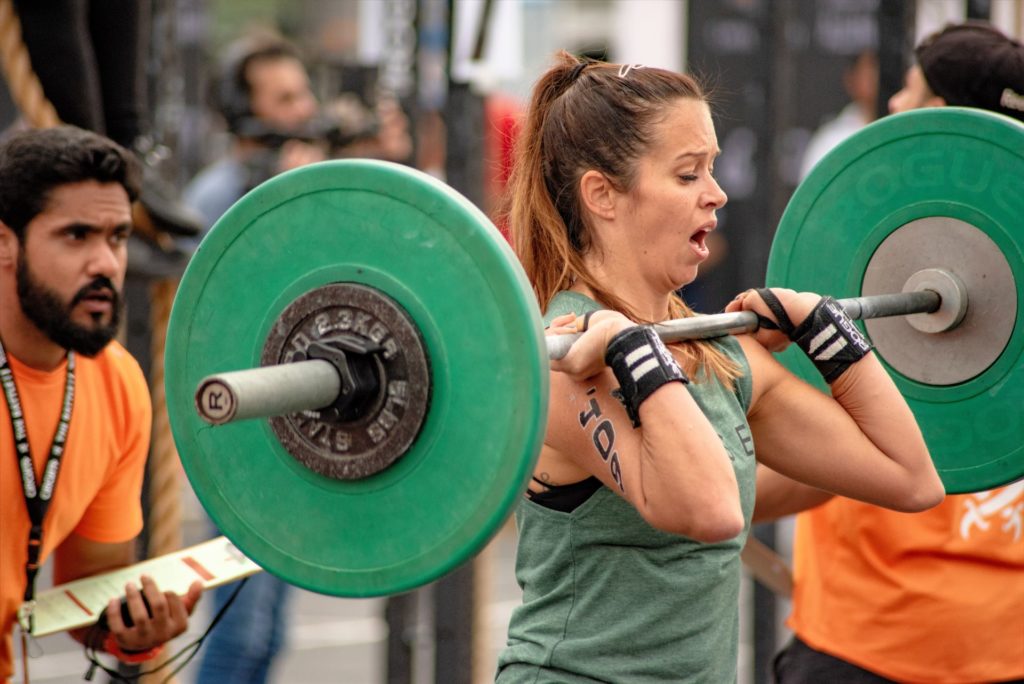
Hiit training stands for High-intensity-interval training. HIIT is a form of training that challenges and conditions the cardiovascular system as well as develops strength and muscle. HIIT involves moving between exercises with minimal rest, or short sustained bursts between steady state cardio such as sprints or Tabata. HIIT offers many positives of resistance exercise and power training with the cardiovascular benefits of steady state cardio. HIIT is often more efficient than many forms of traditional cardio, and sessions can be shorter.
Benefits of HIIT training

A systematic review and meta-analysis on HIIT have validated many positive benefits of this style of training including:
- At least 12 weeks of high-intensity interval training (HIIT) improves cardiometabolic risk factors such as waist circumference, % body fat, resting heart rate, systolic blood pressure, and diastolic blood pressure in overweight/obese populations.
- Improvements in aerobic capacity are larger with longer training periods.
- The effect of HIIT on inflammation is not clear due to the limited number of studies available.
- High-intensity interval training (HIIT) performed at least 3 times a week for 12 weeks results in significant, positive, physiological adaptations that improve cardiometabolic health in overweight/obese populations.
- HIIT may reduce the development and progression of disease-related risk factors that are associated with overweight/obesity and low aerobic fitness.
- HIIT may be especially attractive to overweight/obese populations interested in improving cardiometabolic health but with limited time available.
HIIT can be done in many ways but often involve various resistance exercises performed explosively for higher repetitions with lighter weight. Muscular endurance and strength are increased with HIIT as well as body composition. While steady state cardio is incredibly effective for increasing VO2 and other health metrics, often people do not increase muscle and strength.
As we can see from the review, HIIT is a way to have positive impacts on your body fat%, BMI, VO2Max, and heart rate but also increase muscle size and improve the aesthetics of your results. By improving these metrics we can reduce the risk of comorbidities associated with obesity.
Examples of a HIIT circuit

Sprints are a great form of HIIT training. While jogging, perform 30 seconds of maximum sprints followed by 1 minute of regular jogging pace. Every 5 sprints a longer rest around 3-5 minutes can be taken. This session can be maximally effective in 20-30 minutes. This can be carried over to just about any form of steady state cardio. Sprints can be performed on a bike, swimming, rowing, anything.
Exercise circuits are a great example of HIIT training that has a resistance exercise component. An example of a circuit might look like:
- 15 Power clean to press
- 20 dumbbell step ups
- 30 kettlebell swings
- 12 Squat jumps
- 1 minute of battle rope
Performing each exercise with maximum intensity and no rest in between each set is challenging and exhausting, but performing as little as 3 rounds of a circuit like this can get you all the benefits of traditional cardio with many added benefits of strength training in around 20-25 minutes.
Tabata can be very effective HIIT workouts and can easily be done with just plain bodyweight movements. One Tabata performs an exercise for 20 seconds hard, with 10 seconds rest for 8 rounds. One Tabata lasts for about 4 minutes. A Tabata exercise might look like:
- Rowing (4 minutes)
- Mountain climbers (4 minutes)
- Battle rope (4 minutes)
- Tuck-throughs (4 minutes)
- Long jump (4 minutes)
- Burpees (4 minutes)
Are you ready for HIIT training?

HIIT can be a tremendously effective tool for fitness, but it’s demanding and difficult. It’s important to be able to perform the exercises properly as well and understanding any muscle imbalances or injuries you are working around is paramount.
Before beginning HIIT training, you should perform both a movement assessment and also a cardiovascular assessment to determine what exercises are a good choice, and also if it is safe enough to train in such a high heart rate zone.



